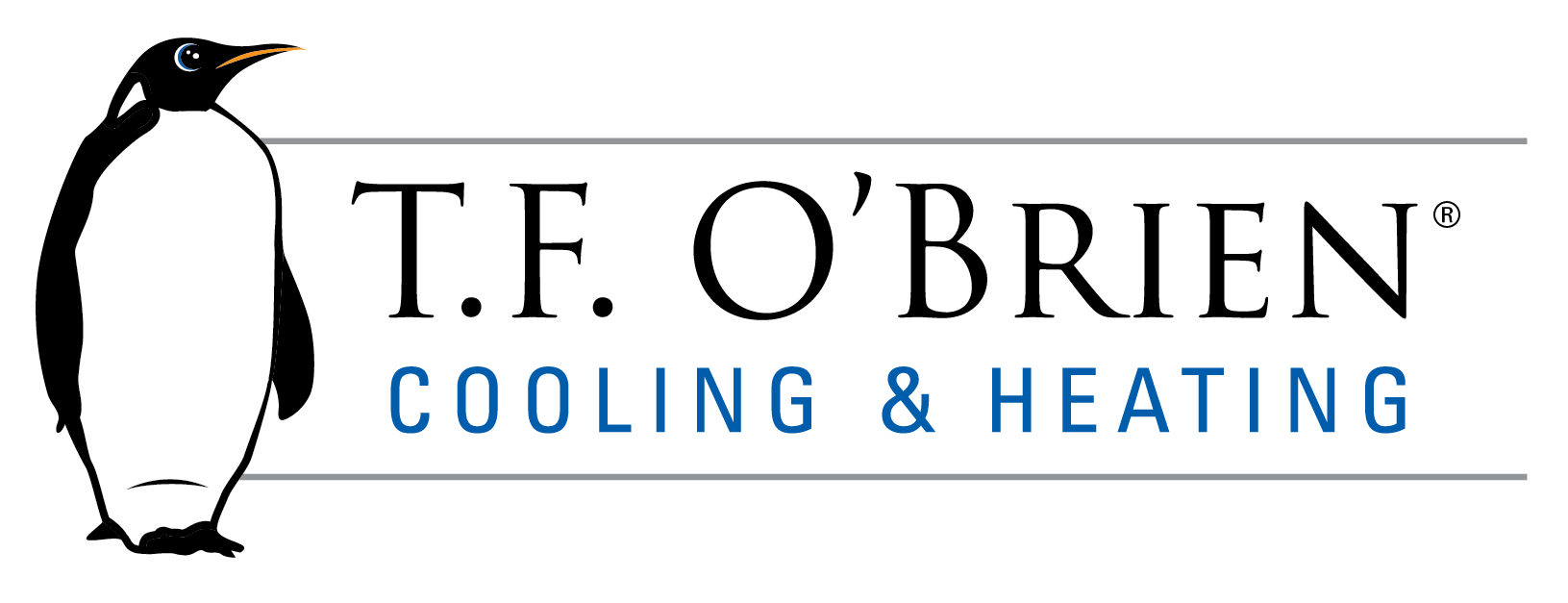 One Thing You Can Do to Cut Energy Bills: Seal Your Home!
One Thing You Can Do to Cut Energy Bills: Seal Your Home!
Air leaks in your Long Island home can cause you not only to be less comfortable than you should be, but can cause a spike in energy expenses. When cold air can seep into your house and warm air leaks out, your heating and air conditioning system gets overworked. Sealing up problem areas can boost your energy efficiency, lower energy bills and help extend the life of your HVAC equipment.
The key to increasing efficiency is allowing your system to do its work and then shut off. When your home reaches the ideal temperature, the system should not have to keep running just to maintain that level. It should shut down and allow conditioned air to circulate for a while. But leaks can keep your air system running, driving up energy costs.
Basements are one of the most common sites for leaks. Rim joists — where your home’s foundation meets the framing — are usually problem areas that should be sealed. Even if these holes are small, sealing them can make a noticeable improvement. Fill gaps that are ¼ inch or smaller with caulking. Use spray foam for gaps ¼ inch to 3 inches wide for an effective long-term solution.
Here are a few other common areas where leaks are found:
- Windows and doors
- Attic hatches
- Open soffits
- Recessed lighting
- Furnace flues
- Plumbing vents
- Wiring holes
- Behind knee walls
Leaks in your ductwork can greatly lower efficiency as well. Ducts distribute conditioned air to different parts of your home, but if this air leaks out during its journey, your house won’t be as comfortable as it should be. Cover holes and gaps with a duct mastic to ensure air doesn’t leak into your basement or crawlspaces.
For more information about sealing air leaks, contact T.F. O’Brien Cooling & Heating today. We have served the Long Island area since 1934.
Our goal is to help educate our customers about energy and home comfort issues (specific to HVAC systems). For more information about energy efficiency, air leaks and other HVAC topics, download our free Home Comfort Resource guide.
Photo courtesy of www.shutterstock.com.
